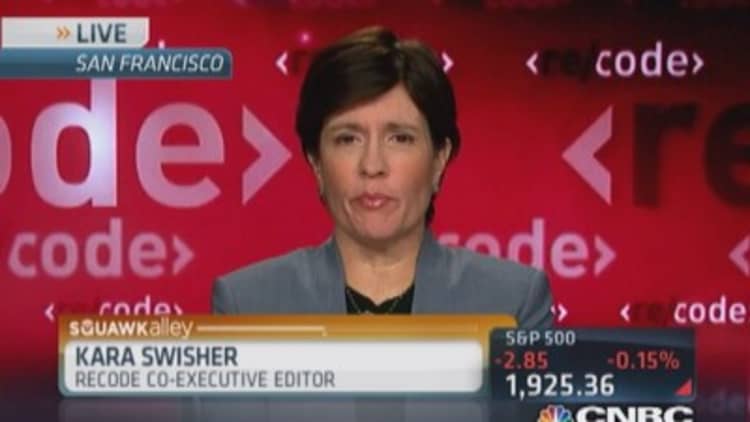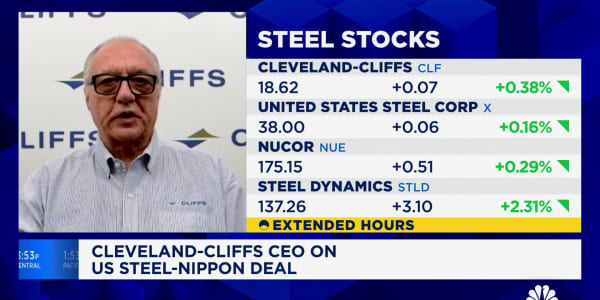If women in the 1970s and 1980s had to contend with the glass ceiling, women now must contend with the glass cliff.
Progress is progress—even if it is slow.
"Although progress towards gender diversity on [corporate boards] is slow, it is indeed moving in the right direction to a global advantage that allows for increased transparency, performance and overall effectiveness," André Chanavat, product manager, Environmental, Social & Governance (ESG) at Thomson Reuters, said in a statement.
Thomson Reuters recently surveyed 4,255 public companies and found gender diversity on corporate boards is correlated to steady, positive performance. Meanwhile, boards that solely comprise men had more volatile portfolios and, on average, underperformed boards that included men and women.
Things become more difficult for women outside of the boardroom.

A recent report by Strategy& found female CEOs were forced out of their companies at a higher rate than their male counterparts. Over the 10-year period from 2004-2013, 38 percent percent of female CEO exits were due to being forced out versus a planned exit. Only 27 percent of men were forced out.
Read More
There are many potential reasons for the higher firing rate of female CEOs in addition to the difficulties posed by analyzing a smaller sample size.
Strategy&—a PwC-affiliated consultant firm—found in its research that companies are more likely to hire female CEOs from outside, while male CEOs are typically hired within. Relationships built and sustained while climbing the corporate ladder internally bode well for sustainability at the top.
Hiring a female CEO often has coincided with firms in trouble looking to make a splash—think Marissa Mayer at Yahoo or Mary Barra at GM. With only 4.8 percent of Fortune 500 companies being led by women, hiring a female CEO always draws attention.
It's a tall order being hired to save a company rather than merely leading it. Women are hired in a spectacular fashion, and failure to deliver a turnaround, can similarly cause them to be fired in a spectacular fashion.
Read MoreGender imbalance in tech market: Tinder CEO
However there is another place where the glass cliff metaphor is applicable: women's compensation.
Emolument.com a London-based salary benchmarking website recently examined the trajectory of women's salaries and bonuses compared to men's in the first 15 years of their careers.
''Clearly the banking industry still has a long way to go when it comes to gender parity. Most concerning are not necessarily salary figures but rather female/male population ratios from the very early stages of a career in finance," according to Robert Benson, CEO of Emolument.com.
He found while women are still underrepresented in the finance industry, their compensation is on par with—and sometimes even exceeds—that of their male counterparts until women hit their early 30s. This is a point where many women briefly leave the workforce for maternity leave. When they return, their pay is 10 percent lower than their male counterparts, and their total compensation is 15 percent lower.
Read MoreHey CEOs: Hire more women to boost revenue
The study does not, however, specify the roles women return to after maternity leave. It is possible that while women return to work—even to the same job title—they may alter their careers, working 40 hours instead of 60, or tackling a workload that requires less travel and dinners out and, in turn, fewer opportunities for bonuses.
The data on women in the workplace—whether it's about wages or titles—is sometimes murky due to a smaller sample size and time frame of women in the workplace. Though, for the seeming negatives, there are positives: wage gaps are narrowing and the climb up the corporate ladder has fewer broken rungs.





